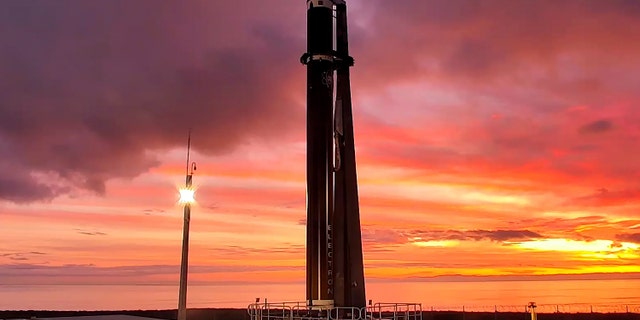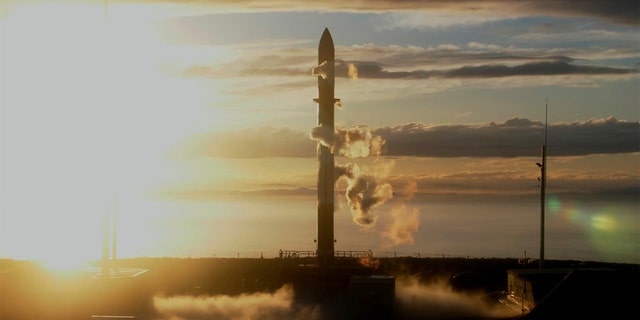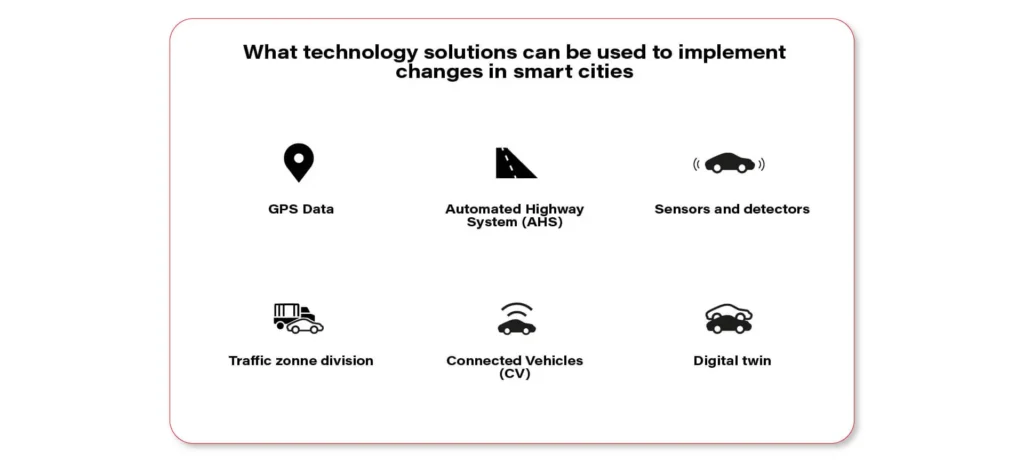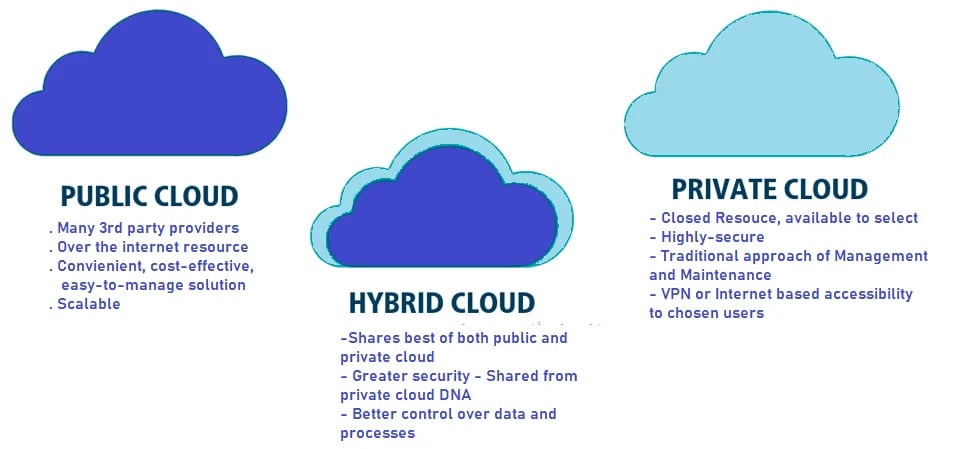NASA will use information from New Zealand launch to pave the way for moon landing
[ad_1]
NEWYou can now listen to Fox News articles!
NASA desires to experiment with a new orbit all around the moon that it hopes to use in the coming many years to after once again land astronauts on the lunar surface.
So it is sending up a take a look at satellite from New Zealand. The first levels of the start went according to prepare late Tuesday, with the rocket carrying the satellite achieving place.
If the rest of the mission is effective, the Capstone CubeSat satellite — only about the dimension of a microwave oven — will be the 1st to choose the new route close to the moon and will mail back again very important info for at least six months.
Technically, the new orbit is referred to as a around-rectilinear halo orbit. It can be a stretched-out egg condition with 1 conclusion passing close to the moon and the other significantly from it.
Consider stretching a rubber band again from your thumb. Your thumb would characterize the moon and the rubber band the flight path.
NASA’S PERSEVERANCE ROVER Spots PIECE OF ITS Have LANDING Equipment ON MARS
“It will have equilibrium. Poise. Equilibrium,” NASA wrote on its site. “This pathfinding CubeSat will nearly be equipped to kick back and rest in a gravitational sweet spot in space – wherever the pull of gravity from Earth and the Moon interact to allow for a practically-steady orbit.”

Rocket Lab’s Electron rocket in New Zealand prior to acquire off.
(Rocket Lab via AP)
At some point, NASA strategies to set a space station called Gateway into the orbital route, from which astronauts can descend to the moon’s area as section of its Artemis method.
For the satellite mission, NASA teamed up with two commercial businesses. California-based Rocket Lab introduced the rocket carrying the satellite, which in change is owned and operated by Colorado-primarily based Innovative Room.
The mission came jointly relatively immediately and cheaply for NASA, with the total mission cost set at $32.7 million.
Receiving the 25-kilogram (55-pound) satellite into orbit will consider additional than four months and be accomplished in 3 phases.
First, Rocket Lab’s compact Electron rocket launched from New Zealand’s Mahia Peninsula. Just 9 minutes later, the next stage called Photon divided and went into orbit all around Earth. About the upcoming five times, Photon’s engines are scheduled to hearth periodically to raise its orbit further and further more from Earth.
NASA Actions UP HUNT FOR EXTRATERRESTRIAL Daily life, WILL Commission ‘ABSOLUTELY NECESSARY’ Research ON UFOS
6 days following the start, Photon’s engines will hearth a last time, letting it to escape Earth’s orbit and head for the moon.
Photon will then launch the satellite, which has its have compact propulsion technique but which won’t use a great deal energy as it cruises toward the moon above four months, with a number of planned trajectory program corrections along the way.
“Best Electron start!” Rocket Lab founder Peter Beck tweeted Tuesday. “Lunar photon is in Minimal Earth Orbit.”

NASA strategies to deliver up a satellite to monitor a new orbit around the moon which it hopes to use in the coming yrs to when yet again land astronauts on the moon.
(Rocket Lab via AP)
Rocket Lab spokesperson Morgan Bailey reported it was the most bold and complicated mission it has undertaken so significantly and comes following additional than two decades of operate with NASA and Innovative Area. She stated it will be the 1st time Rocket Lab has examined its HyperCurie motor that will be utilised to electric power Photon.
“Unquestionably lots of tough complications to solve together the way, but we’ve ticked them off a single by a single, and created it to launch working day,” Bailey mentioned.
Bailey reported one of the positive aspects of the orbit is that, theoretically, a space station must be able to retain continual communication with Earth mainly because it will stay clear of staying eclipsed by the moon.
NASA’S EARTH-OBSERVING TROPICS SATELLITES PRESUMABLY Lost AS ASTRA ROCKET FAILS TO MAKE ORBIT
[ad_2]
Source backlink







